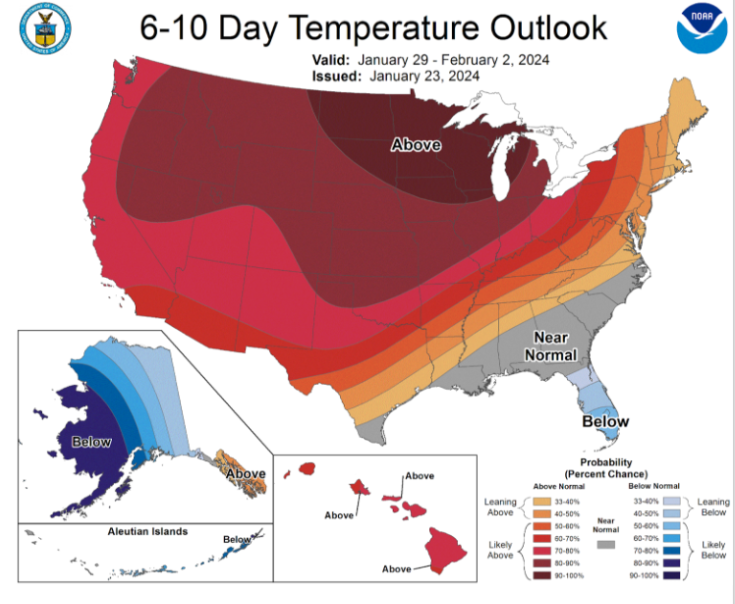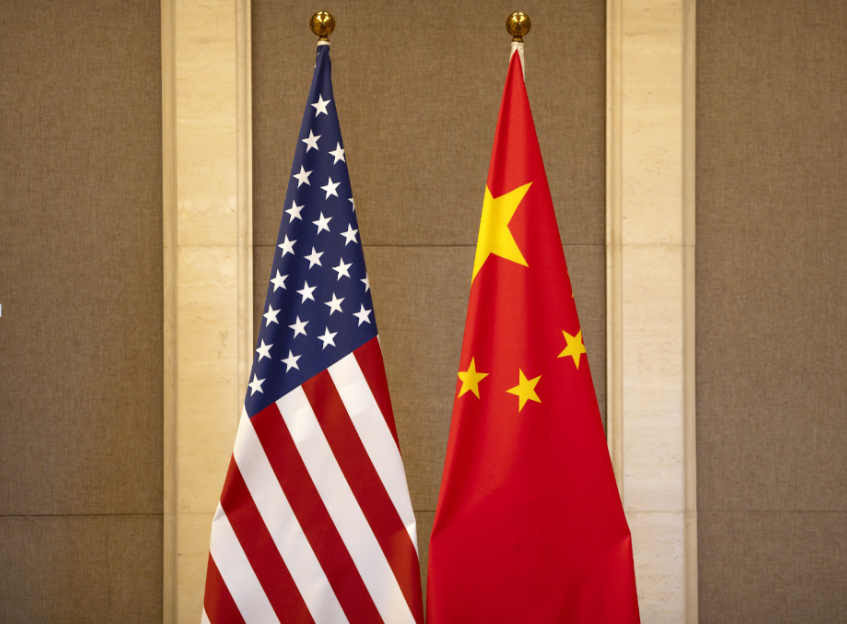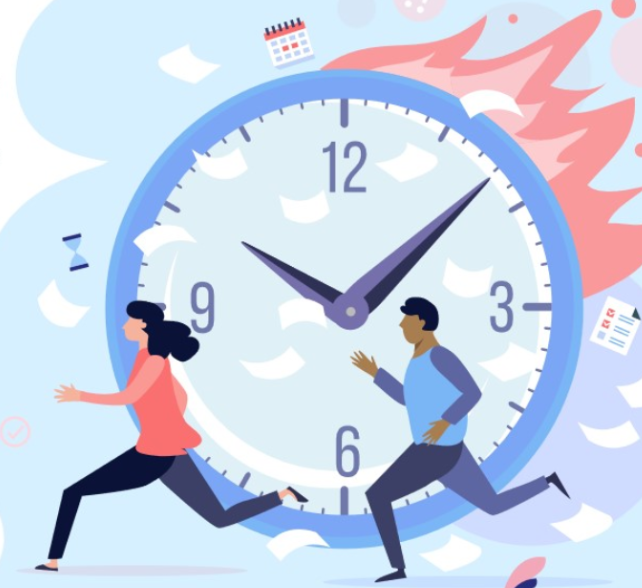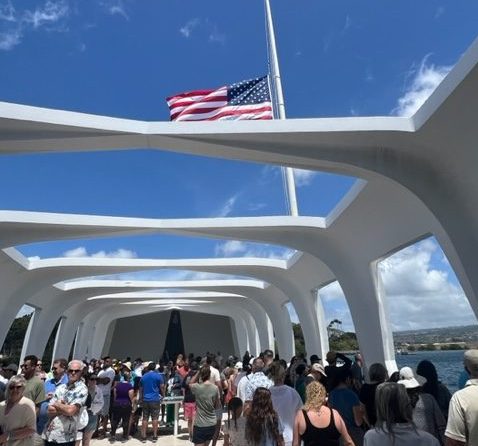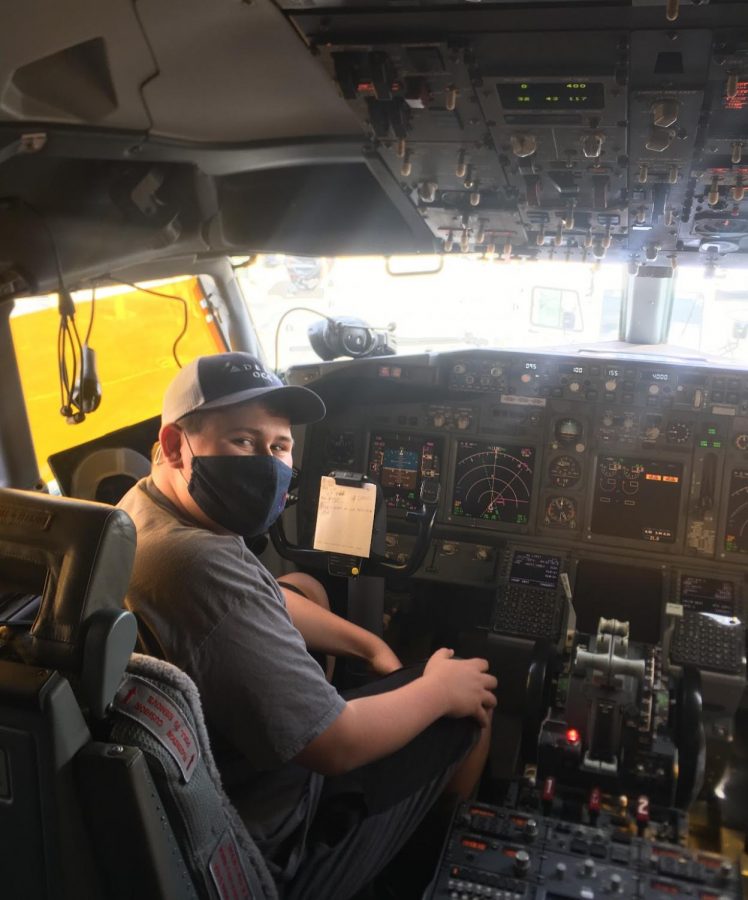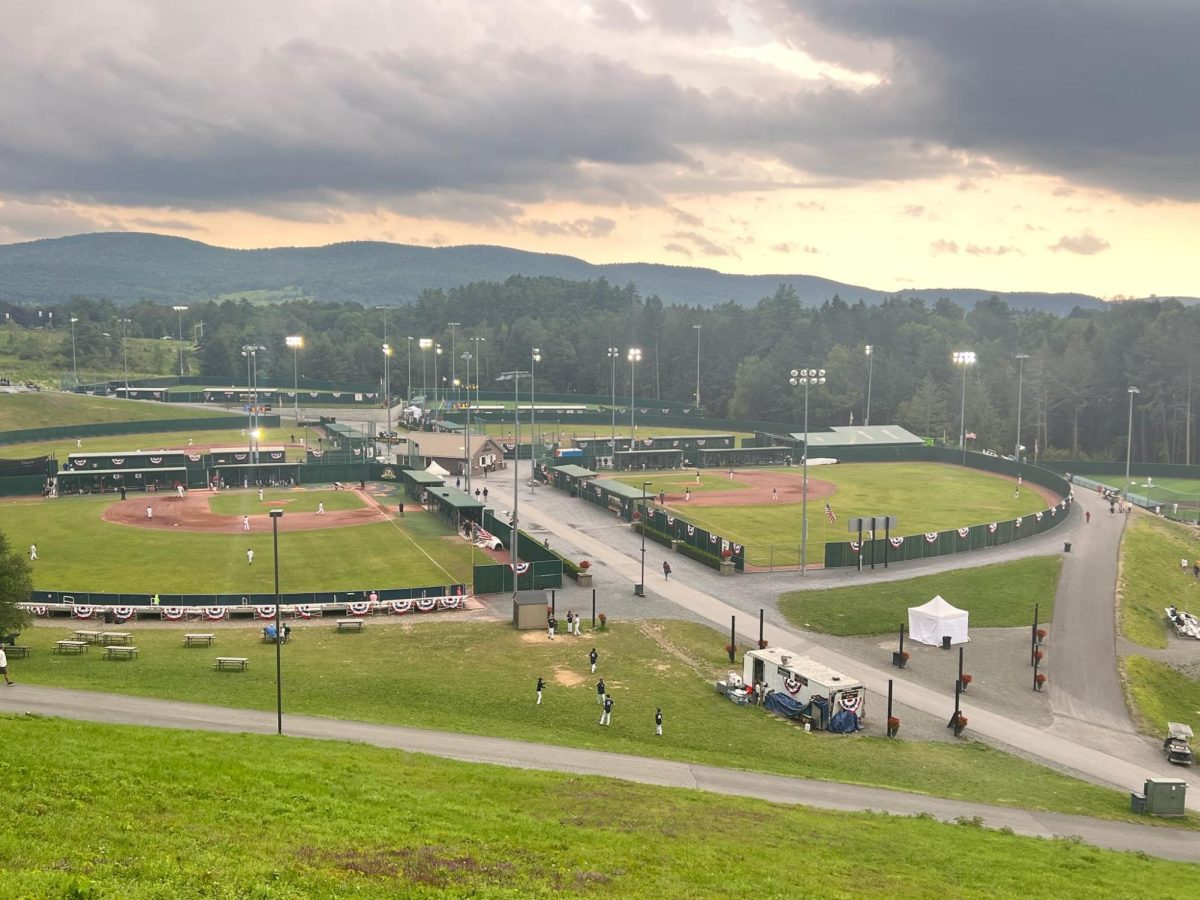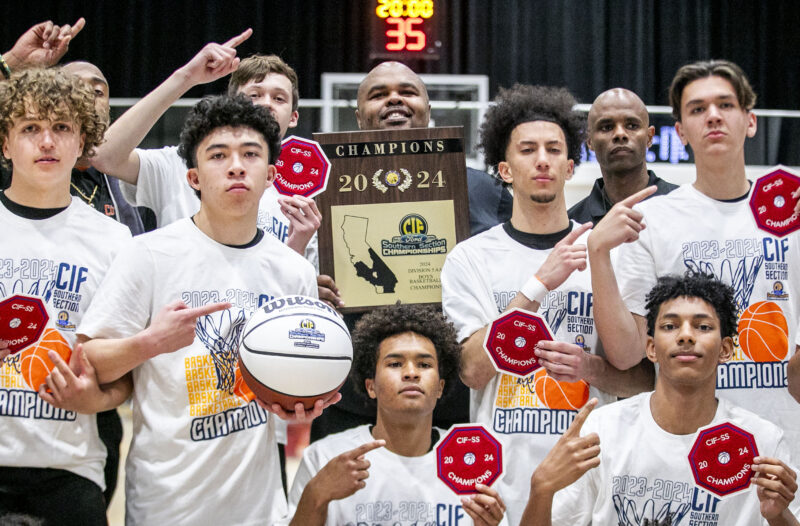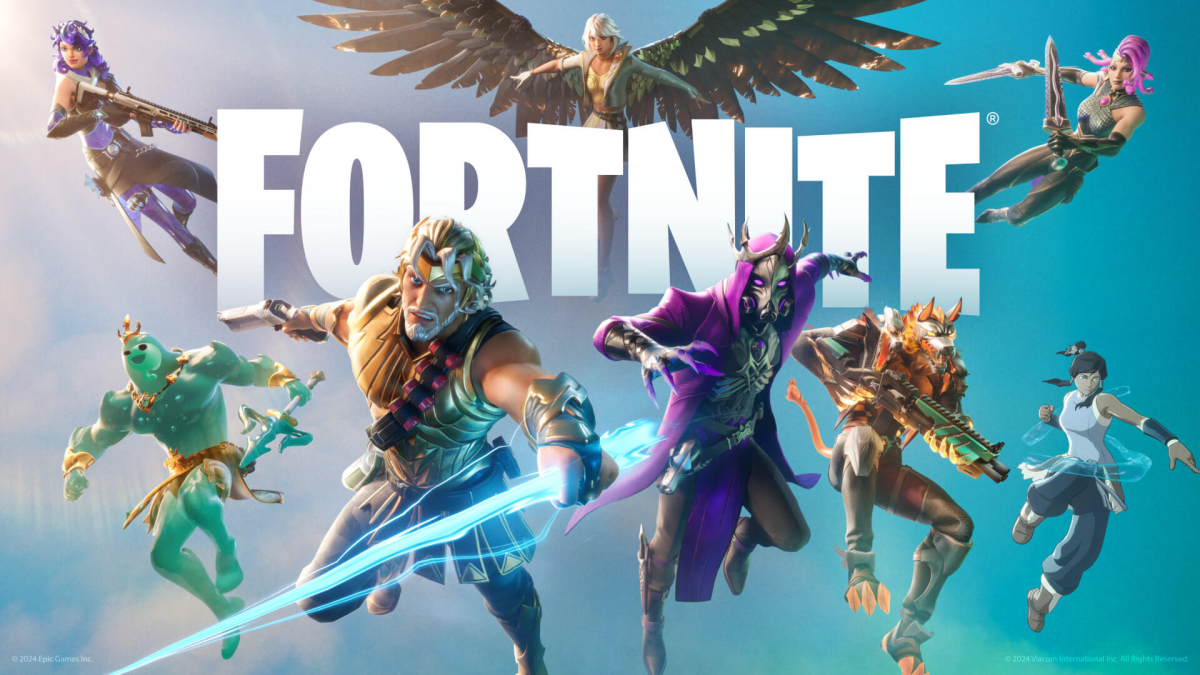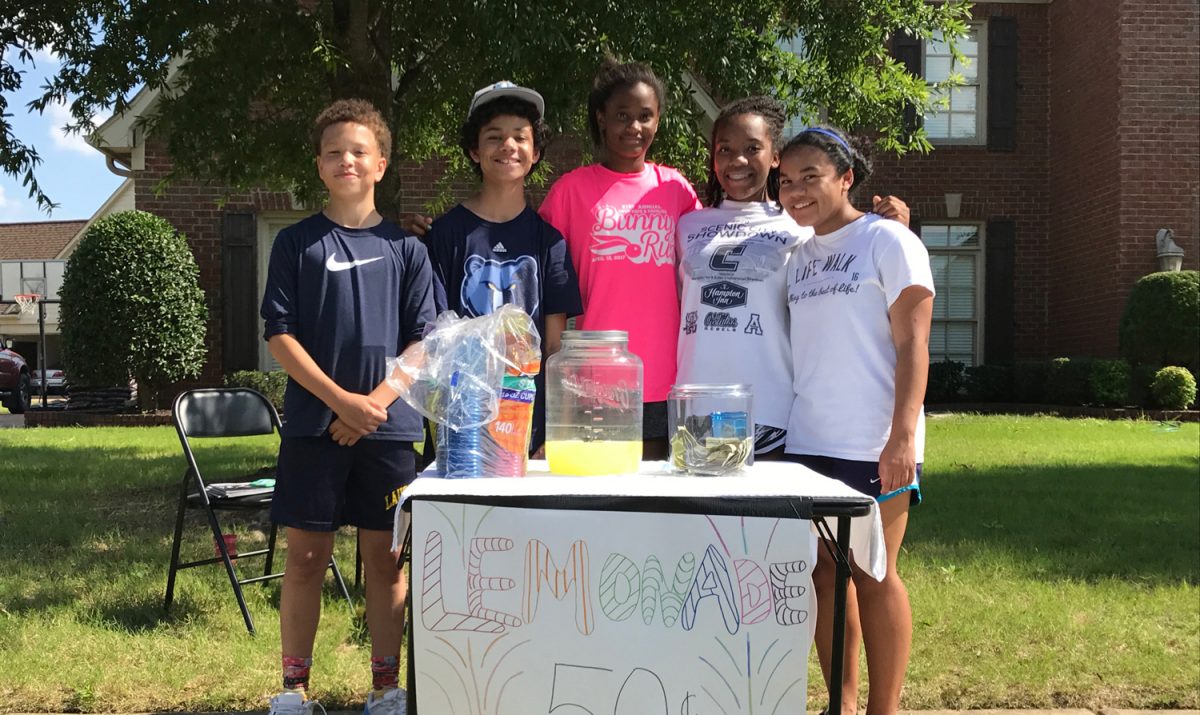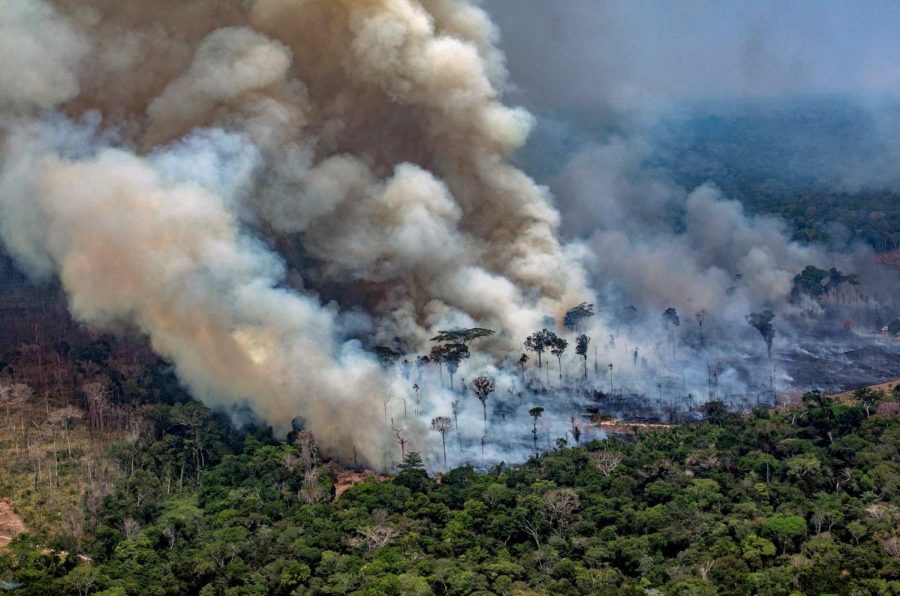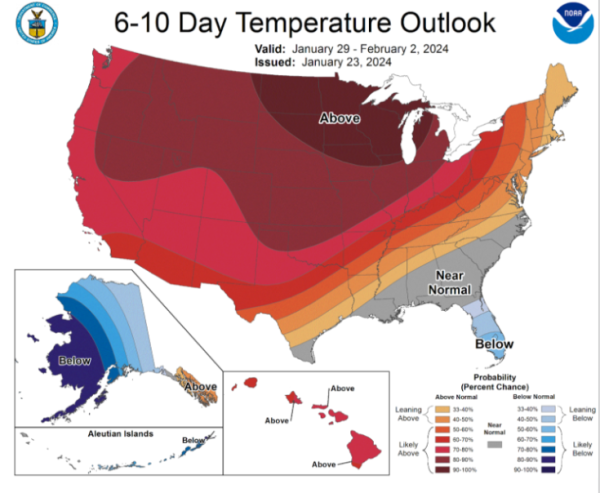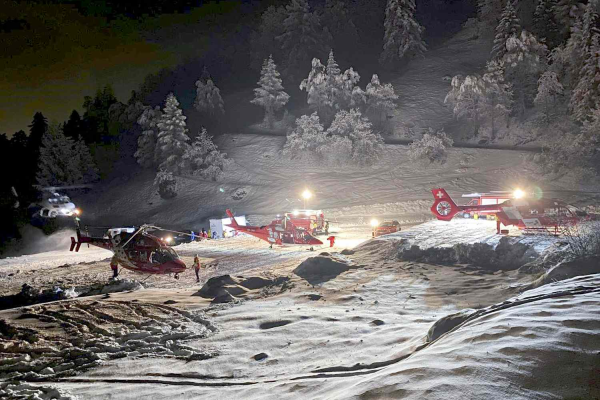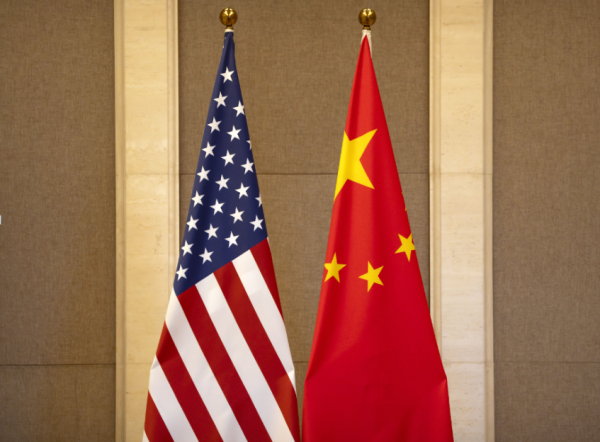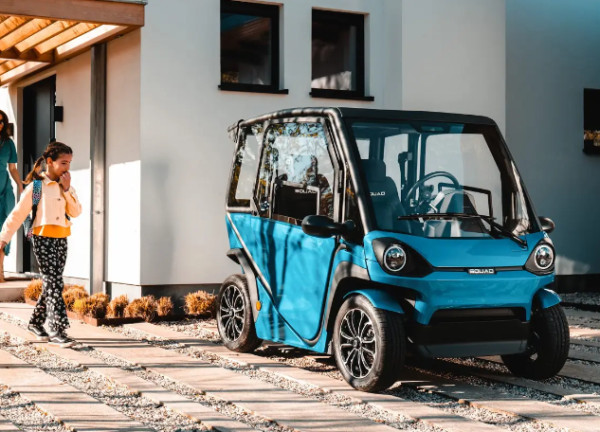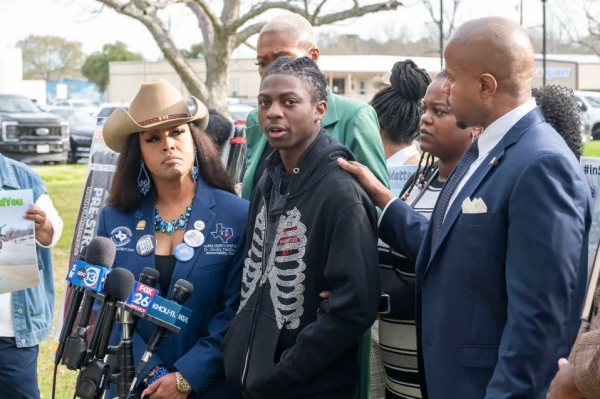Brazilian Tribes Protect The Amazon Using Technology
October 2, 2020
The preservation of the Amazon is vital to stopping global warming. But according to Reuters, Brazilian President Jair Bolsonaro has pushed for development on Indigenous lands, and last month presented a bill to Congress that would open up reserves for mining and commercial farming.
Last year the Brazilian Amazon suffered its highest level of deforestation since 2008, according to INPE, a government agency that monitors the Amazon rainforest. Since then tribes living in the Amazon started taking action against deforestation with the help of technology.
One of the tribes is the Uru-Eu-Wau-Wau tribe, with a population of 300 living in the Amazon Rainforest. Last December, a member of the Uru-Eu-Wau-Wau tribe, Awapy, along with young leaders from six other native communities learned how to fly drones in order to track deforestation in the Amazon. The group was trained by the World Wildlife Federation and the Kanindé Ethno-Environmental Defense Association, a NGO that is dedicated to protecting the local environment and the rights of the Indigenous people. The Uru-Eu-Wau-Wau tribe owns about 7,000-square-miles of land that is hard to navigate and trek through. Drones make it easier to spot any illegal loggers or trespassers in the region without having to make a dangerous journey through the forest.
According to Reuters, the first month of drone surveillance discovered 496 acres of land being illegally deforested within the Uru-Eu-Wau-Wau tribal region. WWF said that a couple days later, the group led by Awapy took photographs of a helicopter spreading grass seed on the land meaning that the land would be used for cattle pasture. The drones provide high-quality pictures, videos, and GPS maps which can be used as evidence in reporting illegal activity.
In Peru, Ecuador and many other places Indigenous people started using aerial drones ever since they became cheaper. According to CNN the WWF-Kaninde project has donated 19 drones to 18 organizations involved in forest protection in the Amazon. CNN says that each drone the project donated cost about $2,000 which is the same price as hiring a helicopter for one hour to do the same work.
But doing good comes with dangers of its own. For example, Awapy told CNN that he had received death threats from land-grabbers and illegal loggers for his work protecting the forest. Not only Awapy but multiple people like him received death threats. But Awapy and countless others still continue their work because they love their home and forest and they want to protect it for their past and future generations.
KEY:
Trek – A hard, tiring journey made on foot
Loggers – Cut trees and harvest thousands of acres of forest area. Loggers in the Amazon do substantial harm by cutting down large trees. Some of them are even illegal.
Indigenous – People native to a specific place on Earth. Also known as the first, aboriginal, local, or native people.


